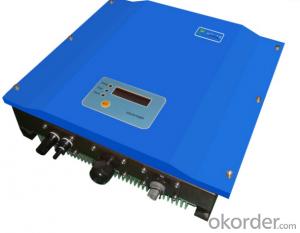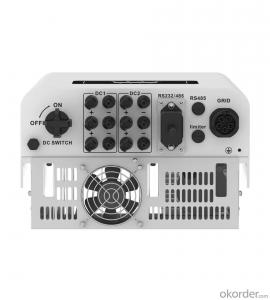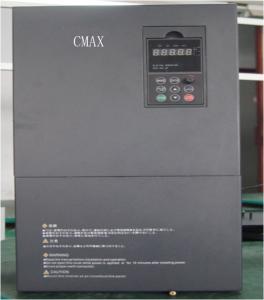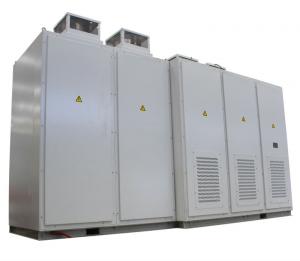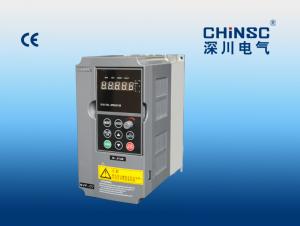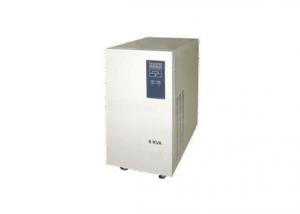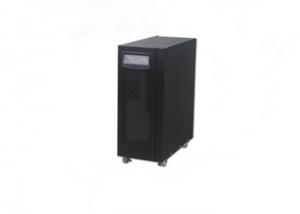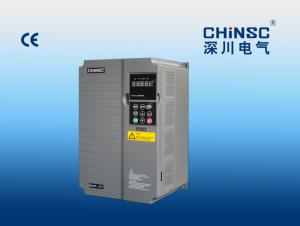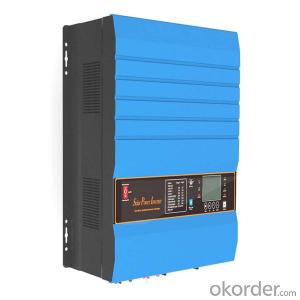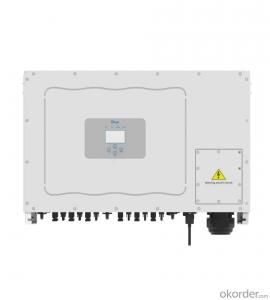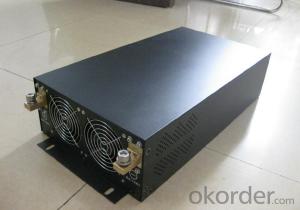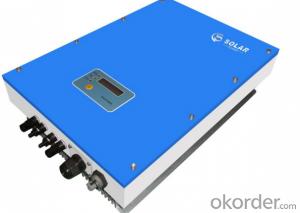10kw 3 Phase Solar Inverter
10kw 3 Phase Solar Inverter Related Searches
10kw Solar Inverter 10kw Solar Power Inverter 10kw Inverter Solar Solar Inverter 10kw 10kv Solar Inverter Solar Power Inverter 10kw 10kw Solar Hybrid Inverter 10kw Hybrid Solar Inverter 10 Kva Solar Inverter 10kva Solar Inverter Solar Inverter 10 Kw 3 Phase Solar Inverter 10 Kw Hybrid Solar Inverter 3 Phase Solar Power Inverter 10k Solar Inverter 3 Phase Inverter Solar Solar Inverter 10kva 10 Kva Hybrid Solar Inverter Hybrid Solar Inverter 10kw Solar Inverter Hybrid 10kw Solar 3 Phase Inverter 10kva Solar Hybrid Inverter 3 Phase Hybrid Solar Inverter 10kw Solar Edge Inverter 3kw Solar Inverter 3 Phase Solar Hybrid Inverter 3 Phase Solar Battery Inverter 3kw Inverter Solar 10kva Inverter Solar System Solar Power 3 Phase Inverter10kw 3 Phase Solar Inverter Supplier & Manufacturer from China
The 10kw 3 Phase Solar Inverter is a high-performance product designed to convert solar energy into usable electrical power. This inverter is specifically engineered for 3-phase systems, ensuring efficient power conversion and optimal energy output. It is equipped with advanced features such as MPPT (Maximum Power Point Tracking) technology, which maximizes the energy harvested from solar panels, and various protection mechanisms to safeguard the system from potential damage.The 10kw 3 Phase Solar Inverter is widely used in various commercial and industrial applications, such as powering businesses, factories, and large-scale solar projects. It is particularly suitable for locations with high energy demands, where reliable and continuous power supply is crucial. This inverter can also be integrated into grid-tied systems, allowing excess energy to be fed back into the grid, thereby reducing electricity costs and contributing to a sustainable energy future.
Okorder.com is a leading wholesale supplier of the 10kw 3 Phase Solar Inverter, offering a vast inventory of this product to cater to the needs of various customers. With a strong commitment to quality and customer satisfaction, Okorder.com ensures that each 10kw 3 Phase Solar Inverter is thoroughly tested and inspected before being shipped to clients worldwide. This online platform provides a convenient and efficient way for businesses and individuals to purchase high-quality solar inverters at competitive prices, making it an ideal choice for those seeking to invest in renewable energy solutions.
Hot Products







